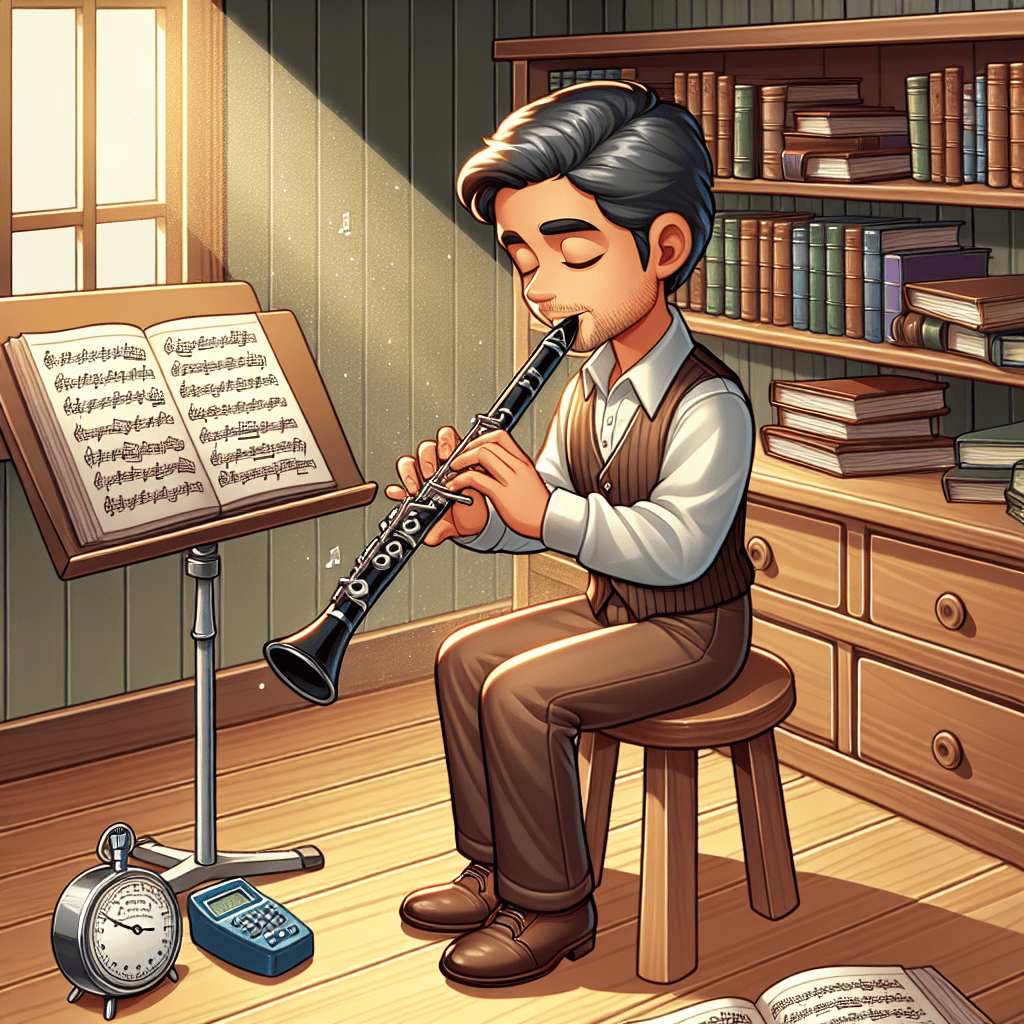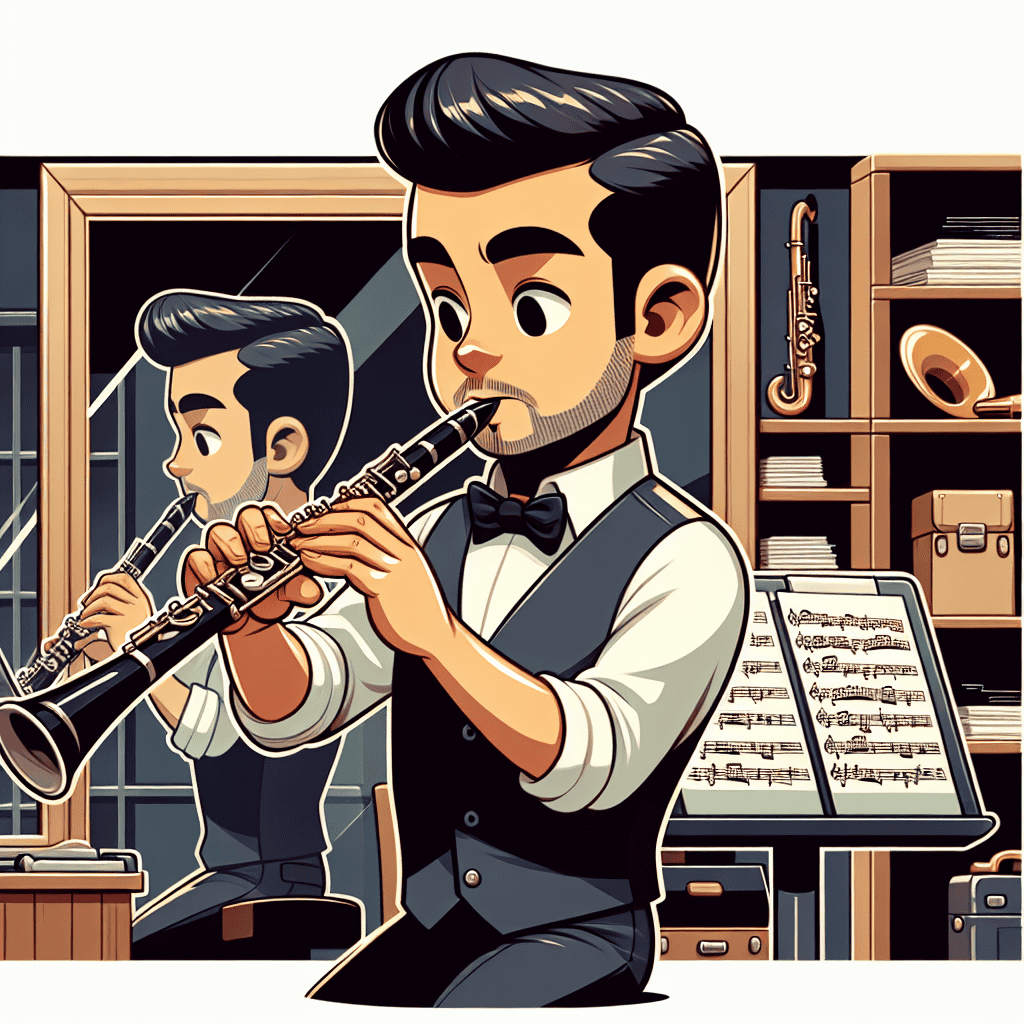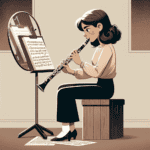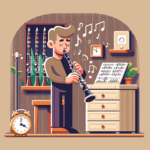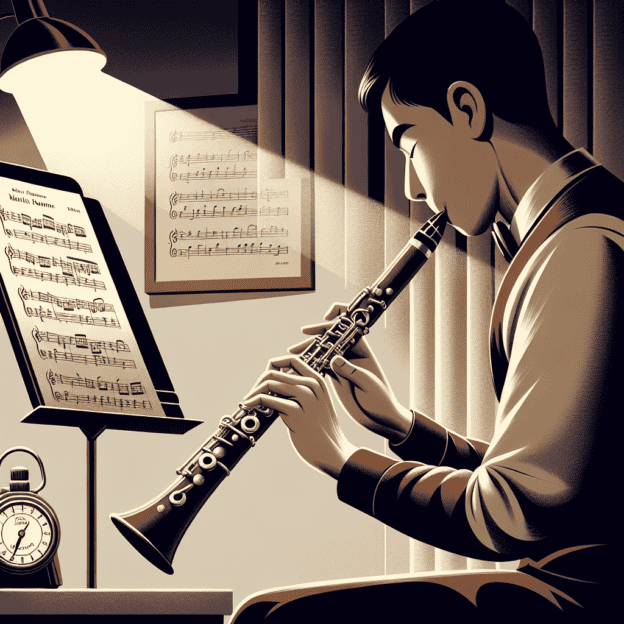Mastering Sight-Reading: A Clarinetist's Journey
Sight-reading can make even the most experienced clarinet players nervous. The quick scan of the music sheet, sudden tempo changes, and on-the-spot interpretation create a real challenge! Students and professionals alike have their own strategies to tackle it. While approaches to sight-reading have changed over time, one thing remains constant: consistent practice is key.
To excel at sight-reading, you need to know your clarinet like the back of your hand. Mastering fingerings, tonal control, and breathing techniques is crucial for confident sight-reading. For example, if you struggle with your embouchure (how you shape your lips around the reed and mouthpiece) in higher registers, you might produce squeaks instead of clear notes. Dedicate time each day to scales and exercises that boost your familiarity with the instrument. A high-quality clarinet, such as those from Martin Freres Clarinets, can significantly enhance your playing experience.
Rhythm and Pattern Recognition
Let's focus on rhythm. Many sight-readers struggle with rhythm, but it's also one of the easiest aspects to improve. Try clapping out tricky rhythms before playing them on the clarinet. If needed, hum the melody! Use a metronome regularly – it's not just a fancy gadget. It helps maintain a steady internal beat and builds confidence when reading rhythms at first sight.
Recognizing patterns on the page is the next step. Music, like language, is full of phrases and motifs. If you can quickly spot scaled runs, repeated intervals, or familiar rhythmic themes, you'll be well ahead of the game. For new clarinetists, this skill might seem slow to develop at first, but stick with it—it's incredibly valuable.
| Sight-Reading Skill | Importance | Practice Tip |
|---|---|---|
| Rhythm | High | Use a metronome, clap rhythms |
| Pattern Recognition | High | Identify scales, intervals, and motifs |
| Note Reading | Medium | Start simple, progress to harder keys |
| Dynamics | Medium | Pay attention to markings, practice expressiveness |
Note Reading and Dynamics
Now, let's talk about note reading. Begin with simple pieces and gradually move to more challenging keys. Newcomers often focus on every single note, but you'll be surprised how quickly your brain learns to read ahead. Keep your eyes moving as if you're skimming a newspaper headline—always staying a beat or two ahead of where your fingers are on the clarinet.
Incorporating dynamics while sight-reading is challenging but rewarding. Pay close attention to markings like crescendos, decrescendos, staccato or legato indications throughout the sheet. This adds difficulty but brings the music to life. Many professional clarinetists, including those who admire Martin Freres' legacy, believe that dynamics are where music becomes truly expressive.
Mental Preparation and Practice
Mental preparation is a crucial part of sight-reading. Don't expect perfection from the start—you'll only frustrate yourself. Instead, aim to capture most of the notes. View any mistakes or awkward transitions as learning opportunities. It's all part of growing as an artist, so be kind to yourself!
Practicing with others can be incredibly helpful. Find a friend and play some duets together, laughing off any mistakes. If you're on your own, use a recording device to review your performance. Listening to yourself later can reveal habits you might not have noticed.
Many teachers suggest incorporating sight-reading into your daily practice routine. Neglecting regular practice is like attempting a marathon after months of inactivity—it's not enjoyable. Martin Freres Clarinets have long been respected in challenging musical situations, motivating players to persist with sight-reading and improve over time.
Advanced Techniques and Joy of Sight-Reading
For more experienced clarinet players, combining sight-reading with transposition can be a valuable skill. If you encounter a part written in an uncommon clarinet key (like E-flat for an A clarinet), being able to handle it can set you apart. Professional orchestras appreciate musicians who can manage these situations smoothly, viewing them as versatile and adaptable.
The excitement of sight-reading comes from its immediacy—you're instantly immersed in new music without spending weeks perfecting every phrase. It's spontaneous, fresh, and genuinely enjoyable when you embrace the challenge. The clarinet's unique tone, capable of both soft whispers and bright bursts, becomes your instant voice responding to the notes on the page.
Conclusion
Ready to start? Unearth those hidden pieces in your music collection, download new practice sheets, or grab a random part from your clarinet ensemble's library. Challenge yourself to sight-read a few measures every day—it could become your favorite part of practicing. Who knows? Soon, you might see the Martin Freres legacy reflected not just in their instruments, but in your own confident performance as well.

